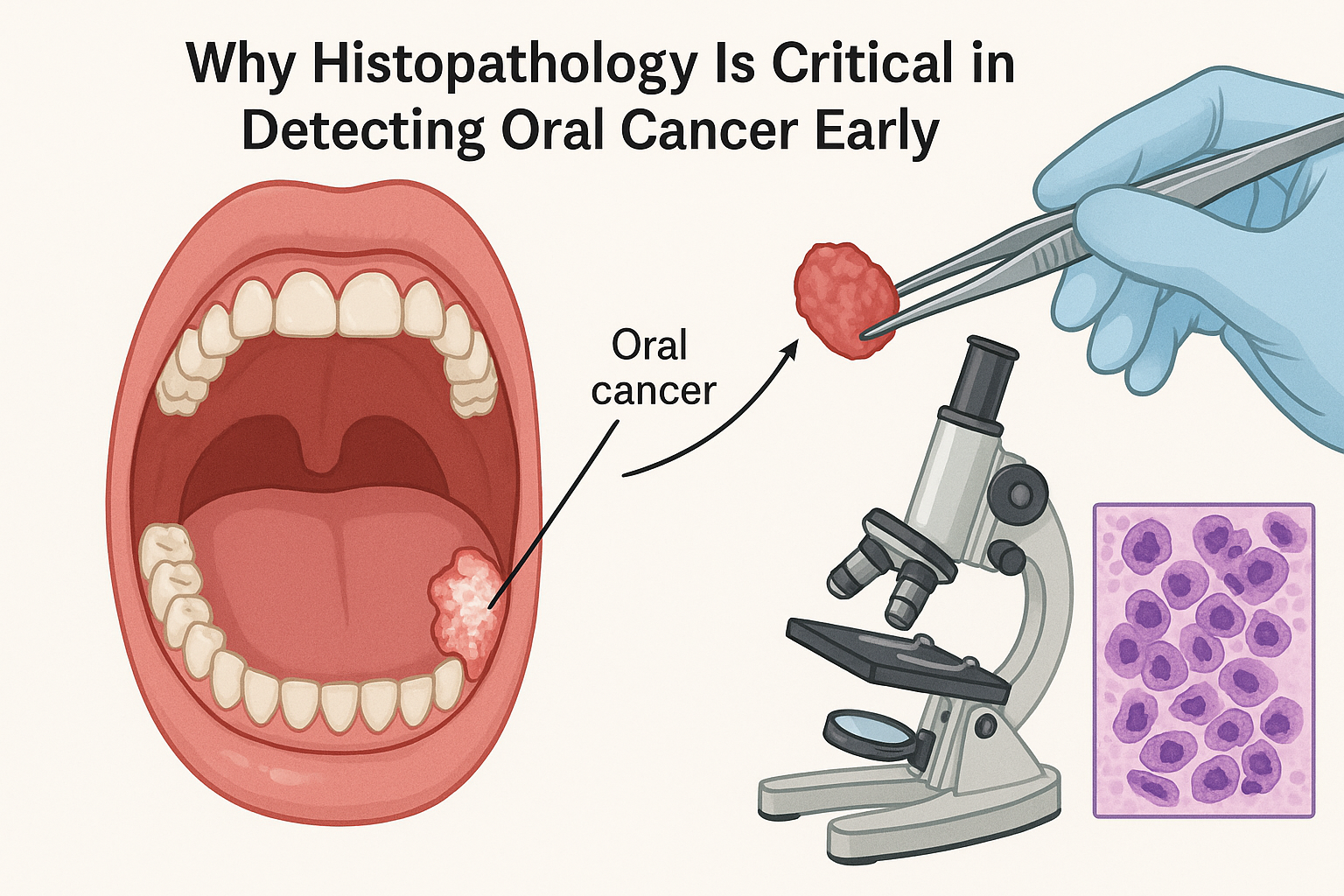As for the quest for glowing, radiant skin, the new-to-the-market exosomes
therapy is stealing the show as far as effectiveness. Exosomes are small
vesicles released by newly formed stem cells, serving as potent communicators
of intercellular communication and being involved in activities such as tissue
repair, inflammation modulation, and collagen synthesis.
As skincare enthusiasts seek personalized solutions from the comfort of their
homes, exosomes therapy at home is gaining momentum. Exosomes therapy
deals with skin problems of aging, wound and scar care, inflammatory
conditions, and skin barrier repair, providing a viable option for comprehensive
skin care.
Understanding Stem Cells:
Adult stem cells, also called somatic stem cells, reside in various tissues
throughout the body. Unlike embryonic stem cells, which can become any cell
type in the body (pluripotent), adult stem cells are typically restricted to
becoming a limited number of cell types within their tissue of origin
(multipotent).
Here are some of the different types of adult stem cells:
Hematopoietic stem cells (HSCs): Found in bone marrow, blood from the
umbilical cord, and the spleen, HSCs are responsible for replenishing all types
of blood cells throughout a person's life.
Mesenchymal stem cells (MSCs): These are the powerhouse stem cells used in
skincare and rejuvenation. These versatile stem cells can be isolated from
bone marrow, adipose tissue (fat), and umbilical cord blood. MSCs have the
potential to differentiate into various cell types such as bone, cartilage, muscle,
and fat cells. They are also known for their immunomodulatory properties,
meaning they can help regulate the immune system.
Neural stem cells (NSCs): Found in the brain and spinal cord, NSCs can
differentiate into neurons, astrocytes, and oligodendrocytes, the three main
cell types that make up the nervous system. Research on NSCs holds promise
for the treatment of neurological disorders like Parkinson's disease and
Alzheimer's disease.
Epithelial stem cells: These stem cells reside in the surface layer (epithelium) of
various organs and tissues, including the skin, lungs, and intestines. They are
responsible for maintaining and repairing the epithelial tissue.
Skin stem cells: Located in the deeper layers of the skin, skin stem cells are
responsible for lifelong skin regeneration. They can differentiate into
keratinocytes (the main cell type in the skin) and melanocytes (pigment-
producing cells).
Understanding Embryonic Stem Cells:
There isn't actually more than one type of embryonic stem cell (ESC). However,
ESCs are derived from a specific stage of embryonic development called the
blastocyst.
The blastocyst is a hollow sphere of cells that forms several days after
fertilization. It consists of two distinct cell types:
Inner cell mass (ICM): This is the group of cells that gives rise to the embryo
itself, and from which embryonic stem cells are derived.
Trophectoderm: These are the outer cells of the blastocyst that are responsible
for implantation in the uterus and development of the placenta. They don't
contribute to the embryo itself.
ESCs are pluripotent, meaning they have the potential to develop into any cell
type of the adult body. This makes them very valuable and potent for research
and use in health care and products.
Understanding Exosomes
Exosomes are elaborate nanosized vesicles that are produced by cells and act
as important carriers of intercellular communication, enabling a flow of
biomolecules like proteins, nucleic acids, and lipids from cell to cell. Their
particular composition and bio-barrier traversing ability endow them with a
crucial role in controlling many physiological activities, such as immune
response modulation, tissue repair, and cellular homeostasis.
Though exosomes are small, they contain a vast number of informational
molecules that represent the functional state and the health status of their
parent cells.
The recent past has seen a burst of research in exosomes, where the latter
have been acknowledged as potential therapeutic agents in different
healthcare areas like regenerative medicine and targeted drug delivery. Using
the therapeutic capacities of exosomes, the researchers plan to develop new
treatment modalities for many medical conditions, thereby giving new hope to
patients globally.
Elucidating the complexity of exosome biology is the core of their future use in
making a revolution in healthcare and allowing personalized medical
approaches according to individual patient requirements.
Applications of Exosome Therapy in Skincare
Exosome therapy at home is an innovative concept in dermatology that uses
the ability of cell-derived vesicles to regenerate and deal with numerous skin
problems. Exosomes are proving to be a potential solution for anti-aging,
wound healing, acne management, and pigmentation correction, among other
issues, resulting in healthier and more radiant skin.
Anti-Aging and Skin Rejuvenation
Exosomes therapy at home is a good way to diminish or get rid of many aging
signs, judging by collagen synthesis improvement and skin elasticity, so people
look younger. In addition to this, regular use of exosomes has been shown to
decrease the appearance of fine lines and wrinkles and restores the skin’s
elasticity and firmness so that you look younger.
It is important to make sure that if you are going to explore the latest and
greatest in skincare products, make sure the stem cells are Mesenchymal stem
cells (MSCs). Skincare products like EXO-10, made in the U.S. and by labs
operating under FDA oversight, use only MSCs. Exosomes derived from any
other source besides a human umbilical cord may not respond in the same way
as they are created from adult tissue and can no longer adapt like MSCs can.
Additionally, some manufacturers of "exosomes” are using plant and animal
(swine) hosts to produce their exosomes. These “exosomes” are not regulated
by the FDA and in some cases have been shown to cause allergic reactions and
infection.
Healing of Wounds and Restoration of Tissues
Exosomes contribute to cellular proliferation and inflammation control, and
together, they make the healing of cuts, burns, and other skin injuries faster.
They are also used for healing. For example, Exolux-100 Cosmetic Serum with
100 billion MSC exosomes is a multifunctional formulation that supports
wound healing, anti-inflammatory actions, and fine lines and wrinkles, leading
to glowing, healthy skin.
Acne Management and Scarring Minimization
Exosome therapy has shown exciting benefits in the treatment of acne by
reducing inflammation, regulating sebum production, and inducing tissue
remodeling, leaving better texture and a minimal scar. The continuous
administration of exosome-based therapeutics is very beneficial in the control
of acne attacks and the healing of the scar, hence bringing back the clarity and
confidence of the skin.
Skin Pigmentation Correction
Exosomes also show in the ability to regulate melanin and the achievement of
an even skin color, bringing hope to individuals with hyperpigmentation
deformities such as melasma or sunspots. Paying attention to pigment-
producing cells, exosome therapy is likely to help blur dark spots and create a
more uniform complexion, causing the skin to be more radiant and luminous.
Skin Barrier Enhancement
Apart from strengthening the barrier function of the skin, exosomes protect it
from environmental stressors by maintaining the skin well-hydrated, which is
the key to the general health and resilience of the skin. Regular application of
exosome-based skincare products builds up the skin’s natural defense
mechanism, which reduces moisture loss and sustains the integrity of the
barrier for attractive, smooth, and healthy skin.
Skin Hydration and Radiance Boost
An application of exosomes therapy offers the possibility for improved skin
hydration and a transitional flawless look by enabling the production of
hyaluronic acid and maintaining the skin hydration barrier that keeps the skin
plump, supple, and glowing. When used on a regular basis, products containing
exosome infusions revitalize skin vitality and glow, which makes the
complexion look refreshed and rejuvenated.
Safety Considerations for Home Use
Safety is a consideration that should be given in the home use of exosomes
therapy because of its emerging but promising skincare and suitability
practices.
Confirm you are buying exosomes enriched products from a
reputable brand and that your products are made in the U.S.A. Also
confirm that the exosomes are “MSC derived exosomes” and that
they are produced in a lab with FDA oversight to ensure your safety
and for the very best aesthetic outcome.
● Find out about the possible side effects and their severity in order to
make the right choices.
● Seek the advice of a qualified healthcare provider to determine the
suitability of the product and avoid possible risks.
● Observe the recommended doses if applicable, application techniques,
and frequency as stipulated by the manufacturer of the product for
optimal safety and efficacy.
● Explore local legislative requirements regarding exosomes therapy to
skip the legal and ethical boundaries as much as possible.
● Be cautious of possible allergic reactions, irritation, or any unusual side
effects, and see a doctor if needed.
Safety measures that involve contact with health care providers, guideline
compliance, and careful monitoring should be given priority to secure the safe
and effective use of exosomes therapy at home.



Great post. I used to be checking continuously this weblog and I am impressed! Very useful information specifically the ultimate section 🙂 I handle such info a lot. I used to be seeking this certain information for a very long time. Thanks and best of luck.
you will have an amazing blog here! would you like to make some invite posts on my weblog?
Aw, this was a really nice post. In idea I would like to put in writing like this moreover – taking time and precise effort to make an excellent article… however what can I say… I procrastinate alot and on no account seem to get one thing done.
Yay google is my queen helped me to find this great site! .
I not to mention my guys were actually checking the good solutions on your web site and then instantly I got a terrible feeling I never thanked you for those secrets. All of the young men were definitely so joyful to read them and have absolutely been tapping into them. Appreciation for truly being indeed accommodating as well as for considering this form of useful subject matter most people are really wanting to learn about. My personal sincere apologies for not saying thanks to you earlier.
Having read this I thought it was very informative. I appreciate you taking the time and effort to put this article together. I once again find myself spending way to much time both reading and commenting. But so what, it was still worth it!
There are certainly numerous particulars like that to take into consideration. That may be a great point to convey up. I supply the ideas above as basic inspiration however clearly there are questions like the one you convey up the place crucial thing will likely be working in honest good faith. I don?t know if best practices have emerged around issues like that, however I’m certain that your job is clearly identified as a good game. Each boys and girls feel the influence of only a second’s pleasure, for the rest of their lives.
Some genuinely nice stuff on this internet site, I like it.
Fantastic items from you, man. I have understand your stuff prior to and you’re just too wonderful. I really like what you have got right here, certainly like what you’re stating and the best way by which you assert it. You make it enjoyable and you continue to care for to keep it sensible. I cant wait to learn much more from you. This is actually a tremendous web site.
I want meeting useful information , this post has got me even more info! .
Along with the whole thing that appears to be building inside this area, many of your viewpoints are rather exciting. Nonetheless, I am sorry, but I can not subscribe to your entire theory, all be it stimulating none the less. It would seem to everyone that your remarks are generally not totally validated and in reality you are generally your self not even fully certain of your assertion. In any case I did take pleasure in examining it.
Hi! Do you know if they make any plugins to assist with SEO? I’m trying to get my blog to rank for some targeted keywords but I’m not seeing very good gains. If you know of any please share. Cheers!
Useful information. Fortunate me I discovered your website by chance, and I am shocked why this accident didn’t came about in advance! I bookmarked it.
Heya! I just wanted to ask if you ever have any trouble with hackers? My last blog (wordpress) was hacked and I ended up losing months of hard work due to no back up. Do you have any solutions to prevent hackers?
I enjoy, lead to I found exactly what I was having a look for. You have ended my 4 day lengthy hunt! God Bless you man. Have a great day. Bye